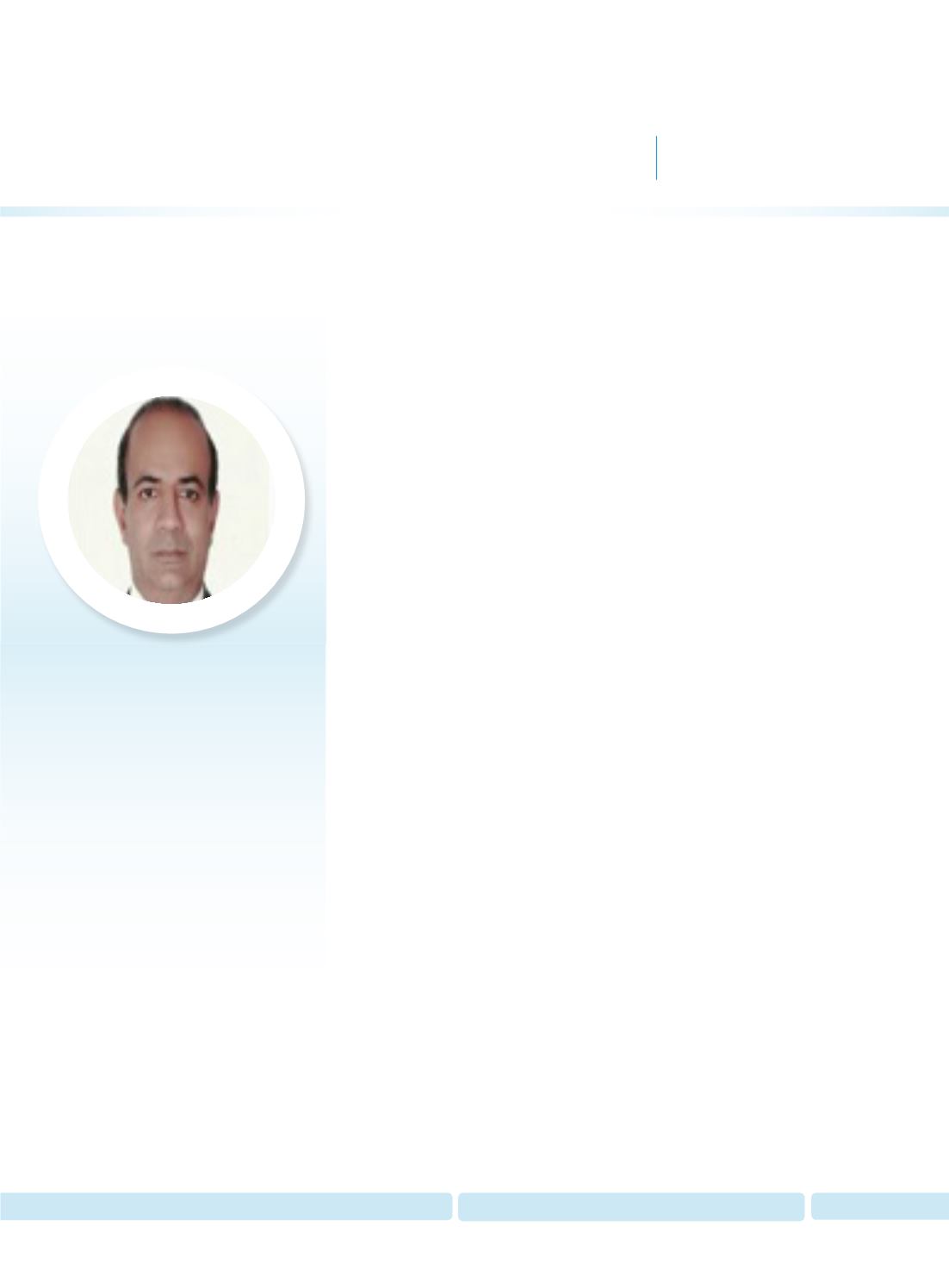

June 27-28, 2019 | Amsterdam, Netherlands
12
th
World congress on
Joint Event
4
th
Pharmaceutical Chemistry Conference Future Pharma
Page 27
Research & Reviews: Journal ofPharmaceutical Analysis | ISSN : 2320-0812
Volume 08
Euro Pharma Chemistry & Future Pharma 2019
A K Saksena, Pharmaceutical Analysis 2019, Volume 08
Herbal drugs: Past, present and future scenario in India
M
edicinal plants have been used since ancient times and are regarded
all over the world as a rich source of therapeutic agents for the
prevention of diseases and ailments. Ancient literatures have documented
that indigenous herbs had been used by cultures like Chinese, Japanese,
African, Latin American and Southeast Asia in their healing rituals. The
consumption of plant-based medicines in the West has increased manifold
in recent years. Ayurvedic medicines in India, Kampo Medicine in Japan,
Unani medicine in the Middle East and traditional Chinese medicine are
still being used by a large majority of people. The medicinal use of herbs
decreased rapidly in the West since the introduction of more predictable
synthetic drugs with their fast effects and easy availability. However, it has
also been observed that some plants are not safe for consumption and are
liable to elicit adverse effects. As a result of increasing demand for herbal
medicines, there are increasing concerns about the safety, standardization,
efficacy and quality of herbal products by health professionals as well as the
general public. Improvement in the quality of herbal medicines could be
achieved more in future by implementation of good agricultural practices
(GAPs) at the point of cultivation of medicinal plants good manufacturing
practices (GMPs) during the process of manufacture and packaging
of finished herbal products, and strict measures for quality control.
Biography
A K Saksena is currently working as a Professor and Head, Department of Pharmacology in King
George’s Medical University (Erstwhile KGMC), Lucknow, India. He has completed his MBBS
in 1977 and MD in 1985. Subsequently, he worked as a SRF for a short time before joining as
a Lecturer in 1986. During his 40 years of career, he has been actively involved in teaching of
MBBS, BDS, MD and MDS students. He has played pivotal role in Curriculum Planning and its
implementation for teaching the subject - Pharmacology.
saksenaa54@yahoo.co.inA K Saksena
King George’s Medical University, India














